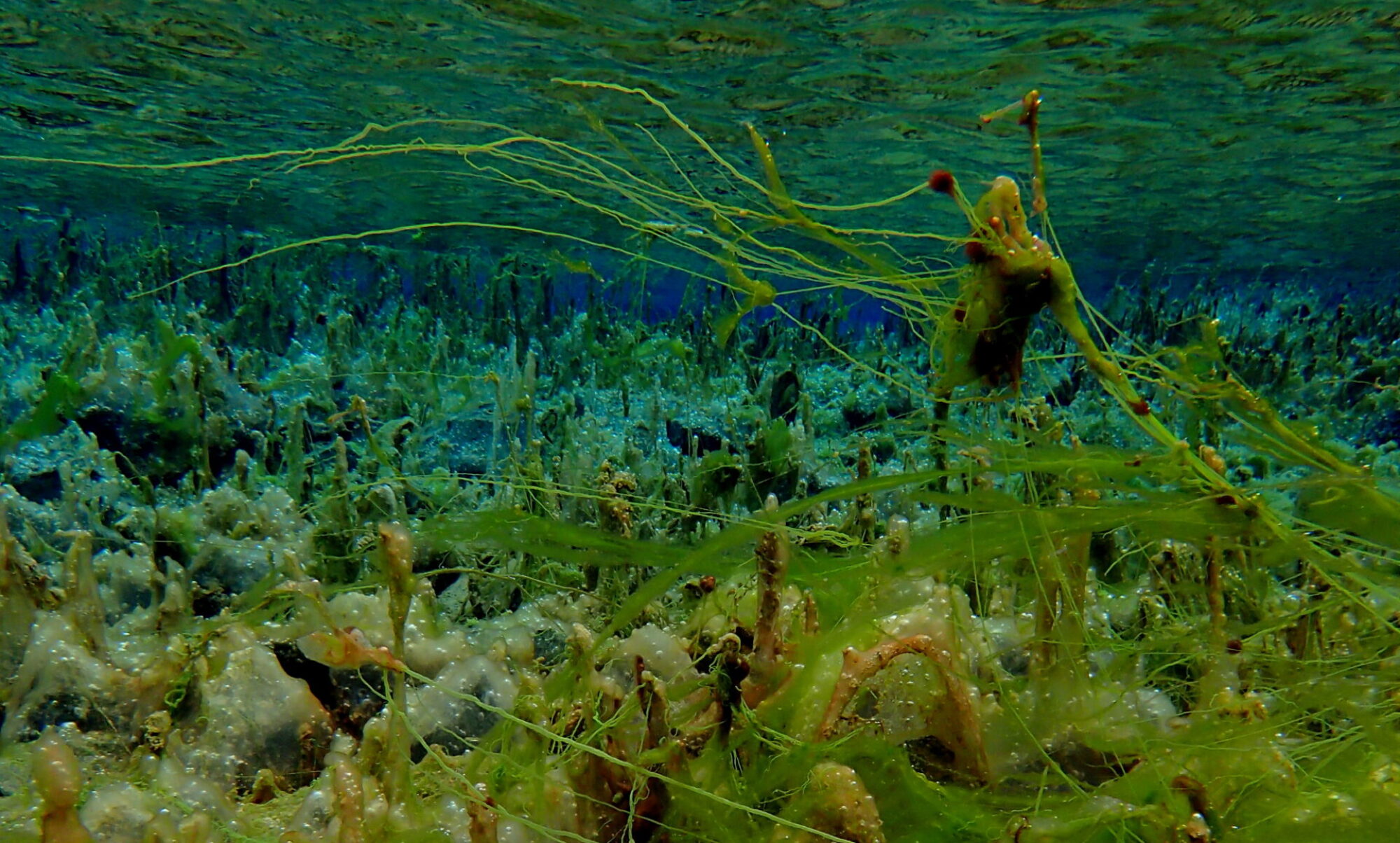Porth yr Ogof is a cave situated in the Brecon Beacons in South Wales frequented by divers as well as dry cavers, I believe it has the largest cave entrance in Wales.

The naming convention is rather confusing in that to reach sump 9 you start in sump 3 at the Tradesman’s entrance, dive through sumps: 3,2 and 1, before exiting the water for a short section of passage (Upper Cave Water Chamber), before diving sump 8, crawling for a short while before diving sump 9, the subject of the post. It is also possible to start in sump 1 entering via the Top Entrance negating about 150 m worth of diving by missing sumps 2 and 3, information and an old survey can be found here:
Click to access UBSS_Proc_15_3_259-0.pdf
Late in 2020 I visited Parker Series which is the dry section of the cave guarded by sump 9, after diving through it struck me how ideal a place it was to attempt to create a model using photogrammetry. The water is usually clear and the passage is mostly formed as a small tube meaning cheap lights and cameras would make a reasonable job of it.
I set off on a second trip with my Gopro Hero 3+ and Ebay video lights and moving very slowly captured stills every 0.5 seconds using the interval function. It took around 300 images to cover the sump each way. The Ebay video lights I used do have an odd colouration where they overlap but this doesn’t bother me, it might bother photography purists but my main intention is to measures the size, shape and direction of the passage and for this true colour representation doesn’t matter.

Loading the 300 images into the software and processing the images yielded a nice accurately aligned point cloud of the sump, I didn’t cover the three side passages on this occasion so these are missing but the smooth curves that the passage follows can be clearly seen, the UBSS survey lacks detail in comparison.

Whilst a nice representation of the sump has been created it bears no orientation or dimensional reference to the actual passage. I visited again with the intention of covering the side passages and adding a means of aligning the data to magnetic north, absolute depth and scaling it so that distance and size was more accurately represented.
To do this I took a plastic builders square (with weight attached) and my survey device back to the sump, I dived a short way into the sump before placing it on the floor and returning to the start for my camera. I then took photos through the passage as normal this time covering the builders square on the floor. I continued to the first side passage and tried to cover as much as possible of it. Once this had been done I placed my survey box on the raised edge of the square to be used as a heading reference and took 2 for-sights and 2 back-sights. I had programmed a timer so that I had time to retreat a few metres for each shot so as to minimise any magnetic distortion from my diving equipment being close to the magnetometer. The fore and back sights agree quite well so it was worth doing this.

I repeated the process towards the end of the sump so that I had two heading references (one to align to and one to check against), the depths of the centers of the yellow square were measured to align the depths to and the edge of the yellow square was used to estimate scale from. Once out of the cave the photos were then processed to generate a new point cloud containing the yellow squares which were then rotated, translated and scaled to the ‘correct’ figures.
Survey and model video to follow….






